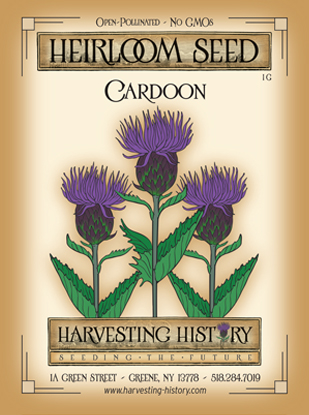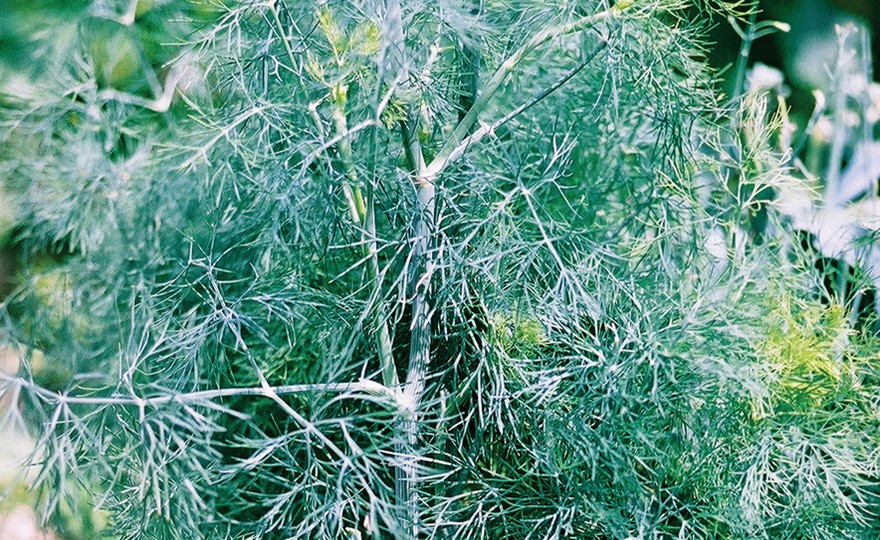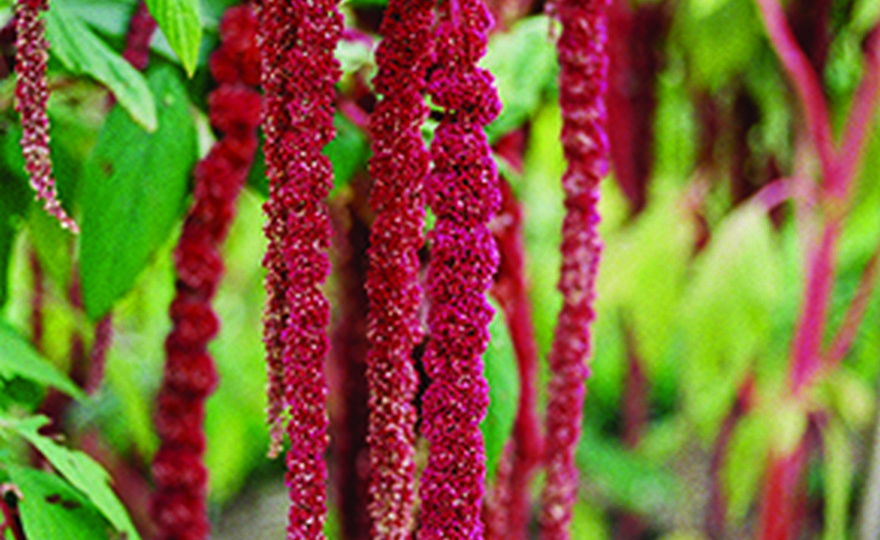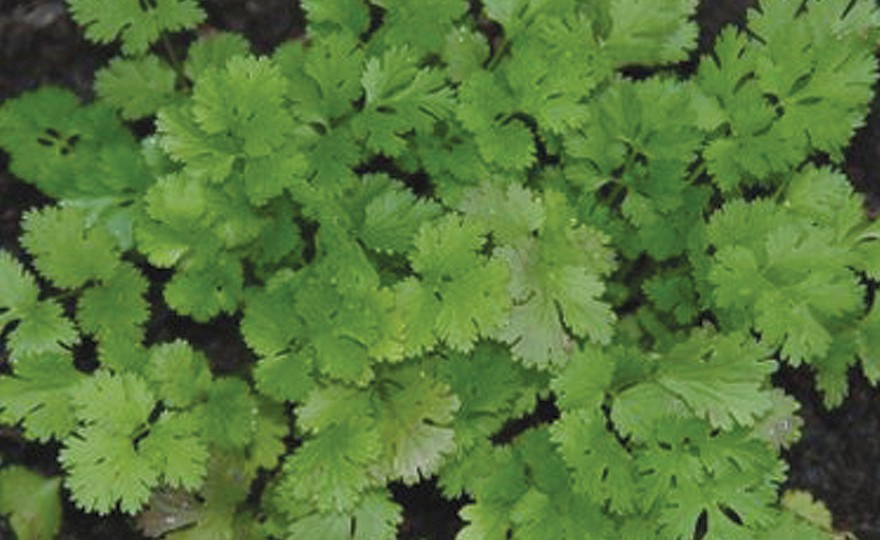
Herb, Cardoon
-
- **SOLD OUT** HOLIDAY GIFTS **SOLD OUT**
- **SOLD OUT** Holiday Books **SOLD OUT**
- **SOLD OUT** Holiday Citrus **SOLD OUT**
- **SOLD OUT** Holiday Gift Certificates **SOLD OUT**
- **SOLD OUT** Holiday Paperwhites **SOLD OUT**
- **SOLD OUT** Holiday Praying Mantis Kits **SOLD OUT**
- **SOLD OUT** Holiday Tools **SOLD OUT**
- **SOLD OUT** Holiday Wildflower Mixtures **SOLD OUT**
- Citrus Trees
- **SOLD OUT** - Vegetable and Herb Plants - Mix & Match any 6 Plants for $50 - Only Shipped in Quantities of 6
- Elephant Ear Plants & Roots
- **SOLD OUT** 4-Inch Pot Herb Plants **SOLD OUT**
- Rare Plants
- **SOLD OUT** Vining Plants **SOLD OUT**
- Asian Seeds
- Beneficial Bugs
- Books
- Citrus Fertilizers
- Cold-Treated Bulbs - SEE BULBS FOR FALL PLANTING TO ORDER
- Cold-Treated Allium
- Cold-Treated Chionodoxa
- Cold-Treated Crocus
- Cold-Treated Hyacinthoides
- Cold-Treated Hyacinthus Orientalis
- Cold-Treated Narcissus
- Cold-Treated Cyclamineus Narcissus
- Cold-Treated Double Heirloom Narcissus
- Cold-Treated Jonquilla Narcissus
- Cold-Treated Large Cupped Narcissus
- Cold-Treated Poeticus Narcissus
- Cold-Treated Small Cupped Narcissus
- Cold-Treated Species Miniature Narcissus
- Cold-Treated Split Cupped Narcissus
- Cold-Treated Tazetta Narcissus
- Cold-Treated Triandus Narcissus
- Cold-Treated Trumpet Daffodils
- Cold-Treated Ornithogalum
- Cold-Treated Rock Garden Iris
- Cold-Treated Scilla
- Cold-Treated Tulips
- Cold-Treated Emperor Tulips
- Cold-Treated Fringed Tulips
- Cold-Treated Green or Viridiflora Tulips
- Cold-Treated Lily Flowering Tulips
- Cold-Treated Parrot Tulips
- Cold-Treated Peony Flowering Tulips
- Cold-Treated Single Early Tulips
- Cold-Treated Single Late Tulips
- Cold-Treated Species Tulips
- Cold-Treated Triumph Tulips
- Flower Bulbs, Corms and Tubers
- Bulbs for Spring Planting
- Bulbs for Fall Planting - ALL BULBS AVAILABLE ARE COLD TREATED FOR PLANTING AS SOON AS SOIL CAN BE WORKED
- Fall Blooming Bulbs
- Garden Tools & Equipment
- Gift Certificates
- HHH Exclusive Wildflower Mixtures
- Wildflower Mixtures
- Heirloom Garlic
- Potatoes
- Roots & Sets
- Seeds
- Flowers
- Herbs
- Vegetables
- **SOLD OUT** HOLIDAY GIFTS **SOLD OUT**
-
- No products to compare
-
Quick Overview
HERB, Cardoon –
Cynara cardunculus
FULL SUN Native to Southern Europe and North Africa, cardoons were being cultivated 2300 was not widely grown. They began to experience a growth in popularity in the late 20th century. The 4-6 ft. plants have a leaf spread of 4-5 ft. The stems (midribs) of the leaves resemble celery and are eaten in casseroles. For best results, this plant should be grown in Hardiness Zone 7 or higher.
In Hardiness Zones 5-6, sow indoors 6 weeks before transplanting outside. Plant seed 1 in. deep. Transplant outside after danger of frost is over and the soil has warmed to a depth of 6 in. For Hardiness Zones 7 or higher, plant in late spring after the danger of frost has passed and the soil has warmed to a depth of 6 in. Add ¼ cup bone meal to the soil when planting. Rows should be 4 ft. apart. When seedlings are 2 in. high, thin, leaving 4-6 ft. between plants.
| Type | Spacing | Planting Depth | Days to Germination | Maturity |
| Tender Perenniall | 4-6 in. | 1 in. | 14-21 | 180 |

Herb, Cardoon
Cardoon became very popular in England in the 1400s and 1500s, but in America it was eclipsed in popularity by its cousin, the Artichoke. The writings of great American horticulturalists, like John Randolph from the late 1700s, provide great detail about artichokes but barely mention the Cardoon.
It was not until William Robinson, the Victorian landscape designer accredited with creating the concept of the ‘Cottage Garden’, suggested the benefits of using Cardoon as an ornamental in the border plantings of a cottage garden that Cardoon began to grow in popularity.
Today, cardoon is still regarded as more of an ornamental than a culinary plant. This is because few Americans know how to prepare this plant. In Italy and Switzerland, no kitchen garden is without at least one cardoon plant. The leaves are harvested from the base up. Only the midribs (stems) are used, and they are cut into 1-2 inch pieces, blanched and then set in a delicious, cheesy casserole. When combined with good cheeses, the subtle celery flavor of the cardoon is excellent.







